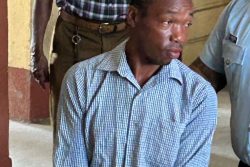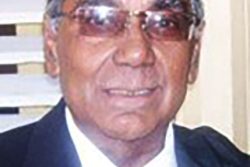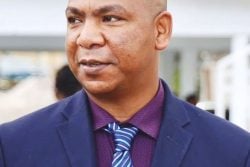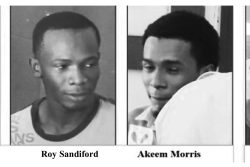Following on the success of the ‘Lil Red Village’, 65 families are now the proud owners of new two-bedroom homes, complete with sanitation blocks at Princeville in the Mainstay/Whyaka area in Region Two (Pomeroon-Supenaam).
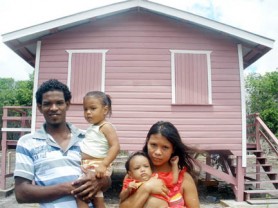
The houses were built through a collaboration involving Food for the Poor (FTTP), the Roethelli family of the USA, Lake Mainstay/Whyaka and the government.
Princeville is the third community of its kind in Region Two and the fifth in the country. It is a small village at Mainstay and before the launch of the project on April 1, it was mostly a deserted area with bushes and scattered houses. Sixty-five families, an estimated total of 260 persons, from Mainstay/Whyaka, Tapacuma Village, Lima Sands and the Essequibo Coast were granted house lots and it was left to them to get the land cleared and cleaned. They did so but were in dire need of assistance to get their houses built.
The school in the area was dilapidated and congested and housed both the primary and nursery school students. The community lacked basic facilities.
In addition to the 65 houses, the project has provided the residents of Princeville with a community centre, a trade store – where residents receive assistance every other week – and a water project which gives the beneficiaries easy access to water (in their yards) from the Mainstay Well. In addition, the school was renovated and extended. The students were taken out of the building and housed at the multi-purpose centre, while the roof was repaired, the step, repainted and ceiling fans installed to make teaching more comfortable and convenient for the students. In addition, an extension was added to accommodate the nursery school students separately along with two water trestles and two sanitation blocks for the students.
The project was completed in two months and when Stabroek News visited Princeville on Saturday last, villagers were enthusiastically moving their things into their homes.
One villager told this newspaper, “It was very difficult for us. Sometimes we find it hard to pay the rent and to send our children to that school was a problem. We never know we could have gained this much.” The villager expressed “thanks to the people of Food for the Poor.”
The project was executed at a cost of $104 million.
Food for the Poor helps the less fortunate of Guyana in the areas of housing, school books and feeding programmes.
It has been reaching out to the poor through other members or by holding meetings. Food for the Poor in collaboration with its partners has constructed over 1,400 houses in regions two, three, four, five and six.


